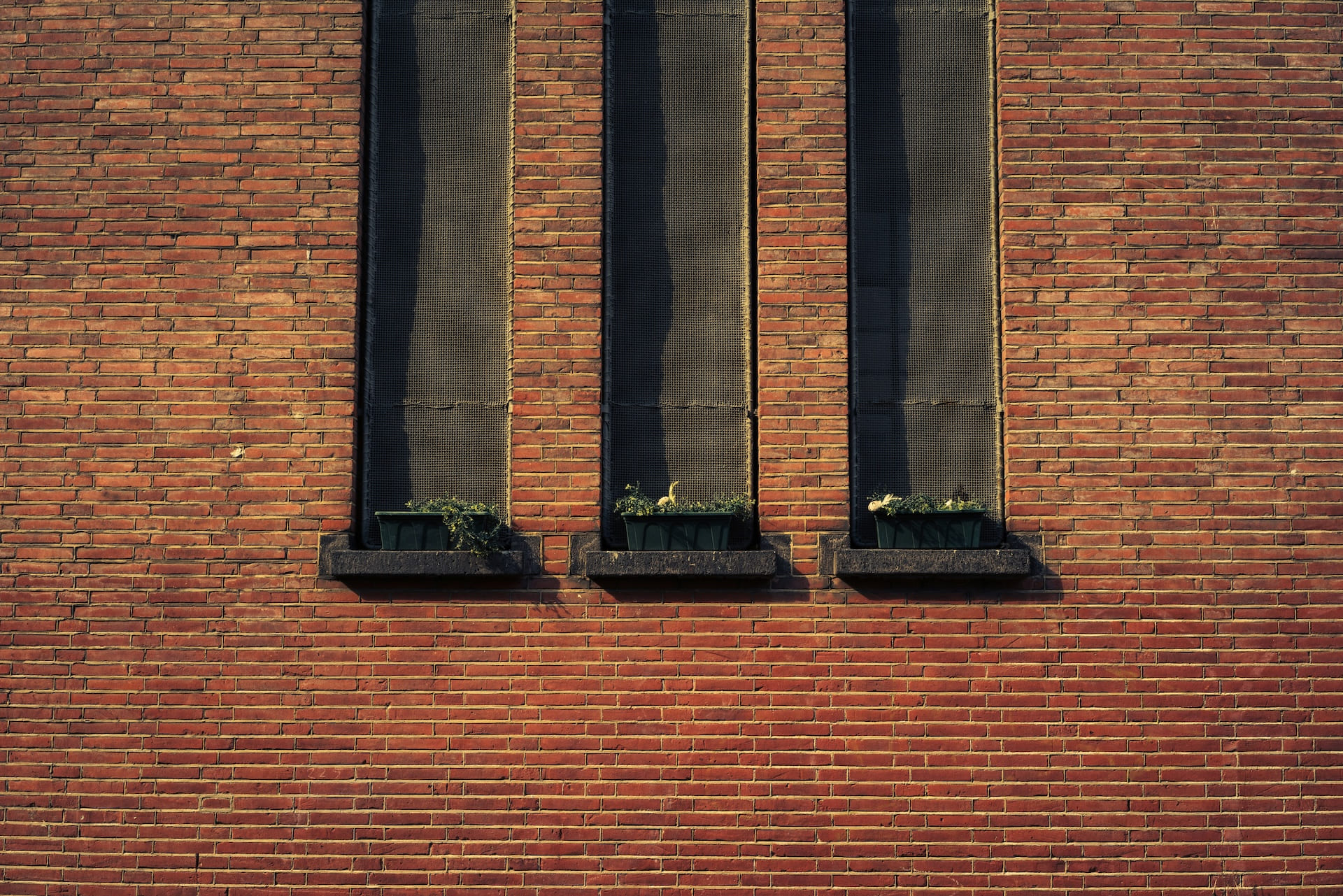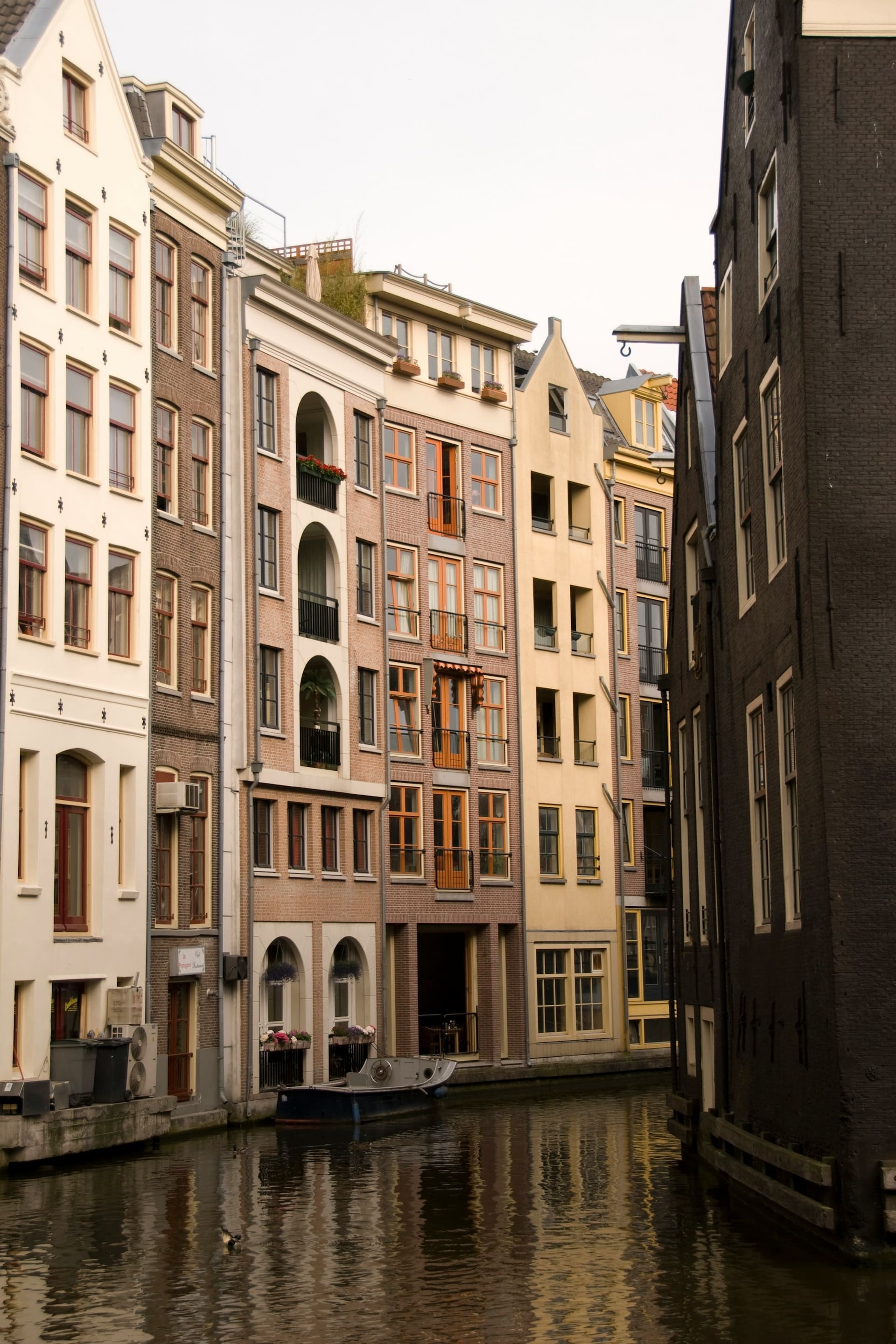
Walk the canals of Amsterdam, and you will quickly notice: this is a city built from brick. Not marble. Not wood. Brick. Warm, reddish, quietly worn by time. It lines the canal houses, frames every arched window, and defines entire streets. But why brick? Why here? And what does it tell us about the character of this place?
Let us take you into the world of the Amsterdam brick, its origins, symbolism, and why it still shapes the city’s most beautiful homes today.
A Practical Beauty: How the Amsterdam Brick Came to Be
To understand why brick dominates the Amsterdam streetscape, we need to go back to the city’s Golden Age. In the seventeenth century, Amsterdam was booming. Trade, population, and wealth exploded, and the city needed to grow fast. But there was a catch: the soil.
Amsterdam sits on a foundation of soft, waterlogged peat. That meant heavy stone buildings, like those in Italy or France, were out of the question. Brick, made from the local clay deposits around the IJ river and the Vecht region, was lighter, adaptable, and abundant. Once fired, it became tough and water-resistant, perfect for canal-side construction. Add to that the increasing threat of fire in the growing city, and you understand why timber was banned for facades after 1669. Brick was not just aesthetic. It was survival.
The Character of a City, Baked in Clay
Amsterdam bricks are unique. Traditionally, they are narrow, deep red, and slightly uneven, often handmade, with a matte surface and subtle tonal variations. As the bricks age, they become softer in appearance, absorbing the light and moisture of the Dutch climate. It is part of what makes the city so visually rich.
Builders took pride in how they laid them. Techniques like the "kruisverband" (cross bond) created texture and rhythm. Details mattered: lintels, keystones, and cornices added personality to what might otherwise be a uniform row of canal houses.
And the scale? Smaller bricks meant more of them, and more room for precision. Each facade became a fingerprint.
A Local Legacy That Lives On
Today, many of the homes COCQ Makelaars represents still wear their original brick proudly. Some have been restored, others carefully preserved. All of them connect modern living with historical craftsmanship.
In areas like the Jordaan, De Pijp, and the eastern docklands, brick continues to shape new builds too, not just for its look, but for its link to place. Using brick is a nod to tradition. It is also an architectural answer to modern climate, noise, and insulation needs. And let’s not forget sustainability: brick, when produced locally and laid well, lasts centuries.
Brick Is Not Just Material , It is Memory
There is something deeply human about brick. Unlike polished marble or industrial concrete, it carries the imprint of the maker’s hand. It absorbs weather. It ages. It holds stories.
At COCQ, we believe in homes that are more than beautiful. We believe in homes that mean something. And in Amsterdam, that often starts with a single, reddish stone, one among thousands, laid with care, built to last.
Did You Know?
- Amsterdam bricks were once taxed based on facade width, encouraging tall, narrow buildings.
- Many 17th-century bricks were stamped with the maker’s mark, an early version of branding.
- The clay used for Amsterdam bricks came primarily from riverbanks in Utrecht and Gelderland.
Looking for a home built with soul?
Explore our listings and discover properties where history lives on, brick by brick.
View current listings (LINK)
Sources:
- Stadsarchief Amsterdam (Amsterdam City Archives)
- Het Grachtenhuis Museum, Amsterdam
- Rijksdienst voor het Cultureel Erfgoed (Cultural Heritage Agency of the Netherlands)
- “Brick Architecture in Amsterdam” — Arcam Architecture Center
- Architectuur.nl & Bouwtotaal.nl articles on Dutch brickwork and historical construction





